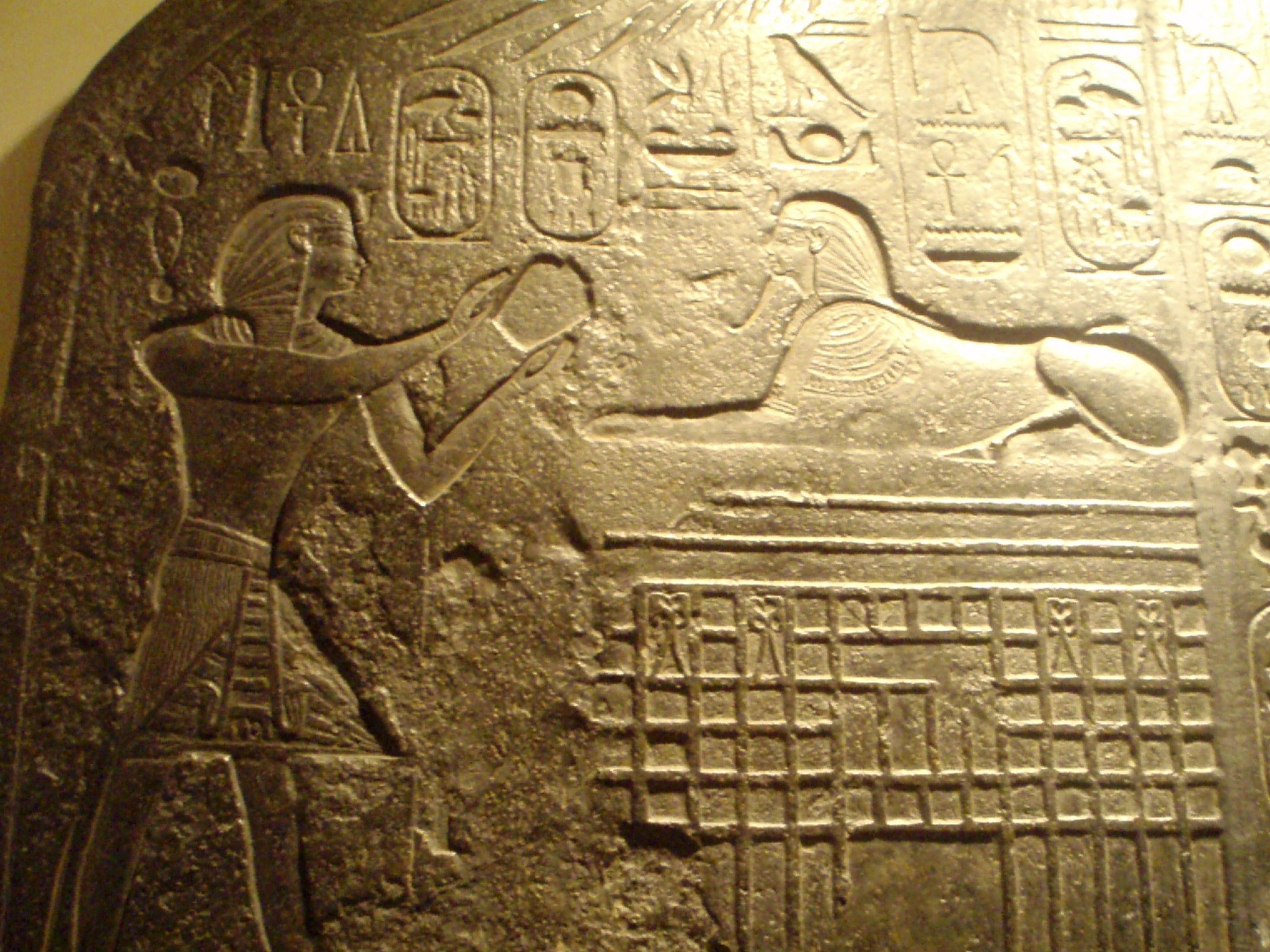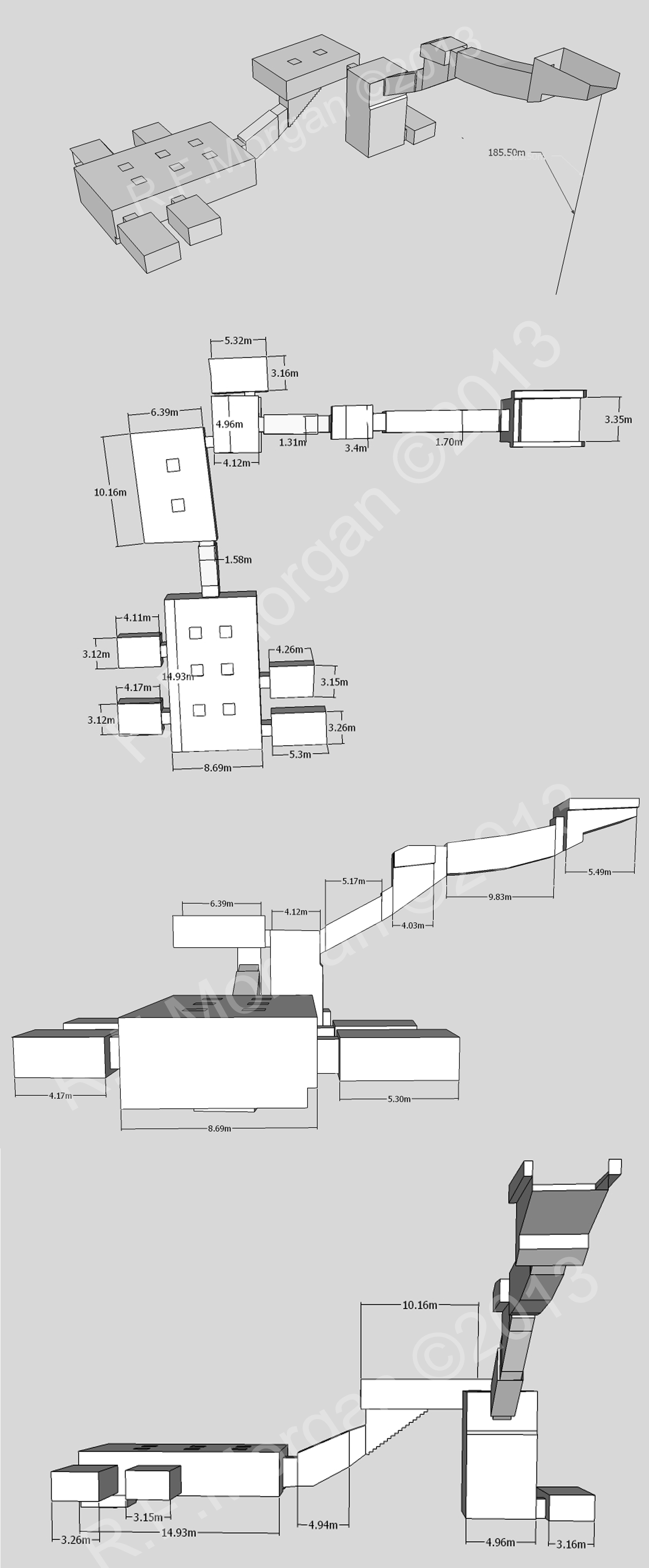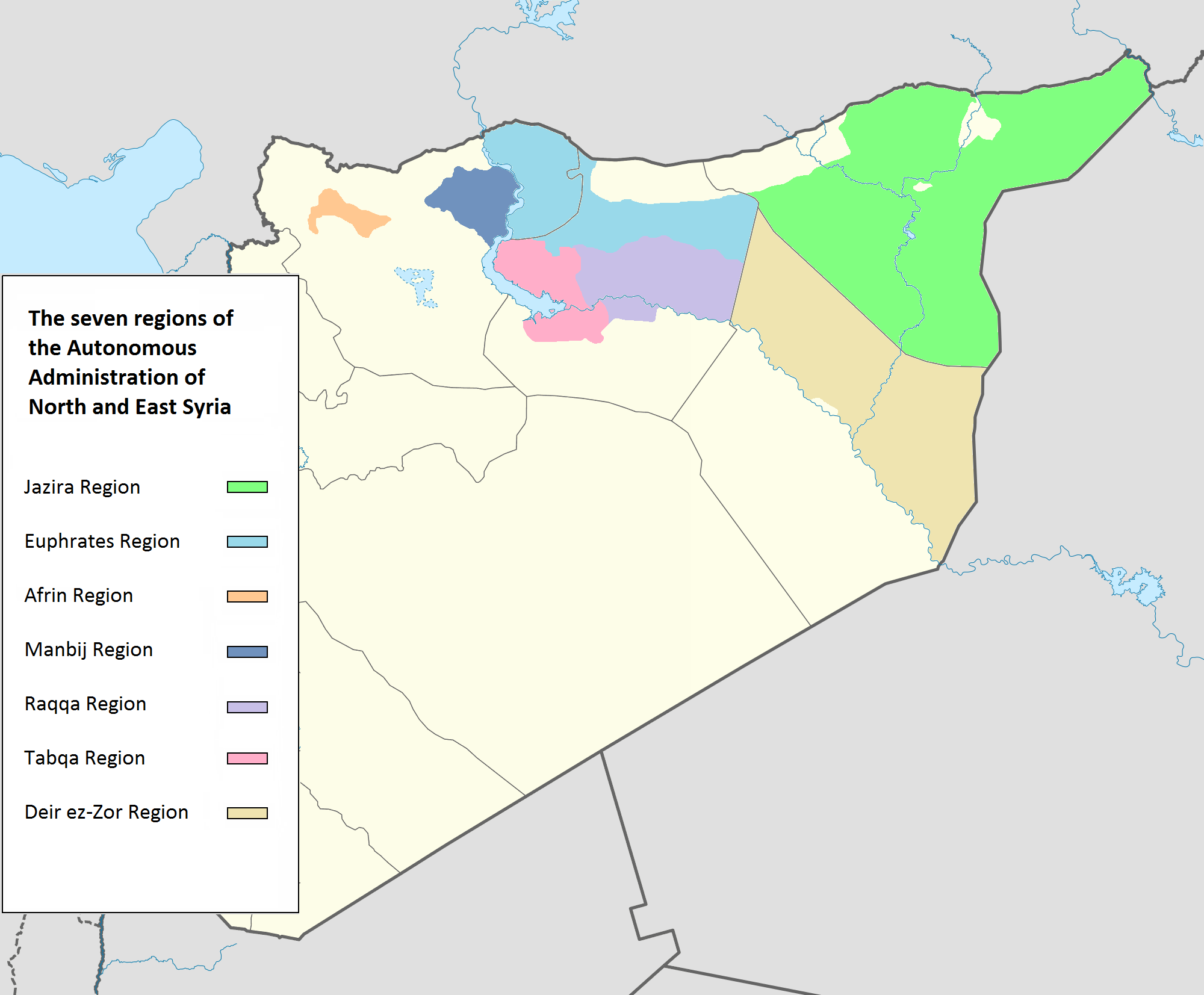|
Tuthmosis IV
Thutmose IV (sometimes read as Thutmosis or Tuthmosis IV, Thothmes in older history works in Latinized Greek; Ancient Egyptian: ''ḏḥwti.msi(.w)'' "Thoth is born") was the 8th Pharaoh of the 18th Dynasty of Egypt, who ruled in approximately the 14th century BC. His prenomen or royal name, Menkheperure, means "Established in forms is Re." He was the son of Amenhotep II and Tiaa. Thutmose IV was the grandfather of Akhenaten. Life Thutmose IV was born to Amenhotep II and Tiaa, but was not actually the crown prince and Amenhotep II's chosen successor to the throne. Some scholars speculate that Thutmose ousted his older brother in order to usurp power and then commissioned the Dream Stele in order to justify his unexpected kingship. Thutmose's most celebrated accomplishment was the restoration of the Great Sphinx of Giza and subsequent commission of the Dream Stele. According to Thutmose's account on the Dream Stele, while the young prince was out on a hunting trip, he stopped ... [...More Info...] [...Related Items...] OR: [Wikipedia] [Google] [Baidu] |
Khepresh
The khepresh (''ḫprš'') was an ancient Egyptian royal headdress. It is also known as the blue crown or war crown. New Kingdom pharaohs are often depicted wearing it in battle, but it was also frequently worn in ceremonies. While it was once called the war crown by many, modern historians refrain from characterizing it thus. No original example of a khepresh has yet been found. Based on ancient artistic representations, some Egyptologists have speculated that the khepresh was made of leather or stiffened cloth covered with a precise arrangement of hundreds of sequins, discs, bosses, or rings. Given that the deshret (red crown) and hedjet (white crown) were apparently woven of some sort of plant fiber, the circles or rings decorating ancient artistic representations of the khepresh may instead indicate the regular array of hexagonal holes in an open triaxial weave. As with many other royal crowns, a uraeus (cobra) was hooked to the front of the khepresh. History The Blue ... [...More Info...] [...Related Items...] OR: [Wikipedia] [Google] [Baidu] |
KV35
Tomb KV35 is the burial place of Amenhotep II, a pharaoh of the Eighteenth Dynasty of Egypt, in the Valley of the Kings in Luxor, Egypt. Later, it was used as a cache for other royal mummies. It was discovered by Victor Loret in March 1898. Layout and history It has a bent axis, typical of the layout of early Eighteenth Dynasty tombs, but several features make this tomb unusual. The burial chamber is rectangular and divided into upper and lower pillared sections, with the lower part holding the cartouche-shaped royal sarcophagus of the king. This style of burial chamber became standard for royal burials in the later New Kingdom. Only the burial chamber of the tomb is decorated, albeit in an unusual style that, other than '' KV34'' (the tomb of Amenhotep II's father, Thutmose III), is not found elsewhere in the Valley of the Kings. On a yellow-tinged background (intended to resemble aged papyrus), the '' Amduat'' is traced, depicting the ancient Egyptian deities as simple ... [...More Info...] [...Related Items...] OR: [Wikipedia] [Google] [Baidu] |
Mitanni
Mitanni (–1260 BC), earlier called Ḫabigalbat in old Babylonian texts, ; Hanigalbat or Hani-Rabbat in Assyrian records, or in Ancient Egypt, Egyptian texts, was a Hurrian language, Hurrian-speaking state in northern Syria (region), Syria and southeast Anatolia (modern-day Turkey) with Indo-Aryan languages, Indo-Aryan Indo-Aryan superstrate in Mitanni, linguistic and political influences. Since no histories, royal annals or chronicles have yet been found in its excavated sites, knowledge about Mitanni is sparse compared to the other powers in the area, and dependent on what its neighbours commented in their texts. The Hurrians were in the region as of the late 3rd millennium BC. A king of Urkesh with a Hurrian name, Tupkish, was found on a clay sealing dated at Tell Mozan.Salvini, Mirjo. "The earliest evidences of the Hurrians before the formation of the reign of Mittanni." Urkesh and the Hurrians Studies in Honor of Lloyd Cotsen. Urkesh/Mozan Studies Bibliotheca Mesopotamic ... [...More Info...] [...Related Items...] OR: [Wikipedia] [Google] [Baidu] |
Stela
A stele ( ) or stela ( )The plural in English is sometimes stelai ( ) based on direct transliteration of the Greek, sometimes stelae or stelæ ( ) based on the inflection of Greek nouns in Latin, and sometimes anglicized to steles ( ) or stelas ( ). is a stone or wooden slab, generally taller than it is wide, erected in the ancient world as a monument. The surface of the stele often has text, ornamentation, or both. These may be inscribed, carved in relief, or painted. Stelae were created for many reasons. Grave stelae were used for funerary or commemorative purposes. Stelae as slabs of stone would also be used as ancient Greek and Roman government notices or as boundary markers to mark borders or property lines. Stelae were occasionally erected as memorials to battles. For example, along with other memorials, there are more than half-a-dozen steles erected on the battlefield of Waterloo at the locations of notable actions by participants in battle. A traditional Wester ... [...More Info...] [...Related Items...] OR: [Wikipedia] [Google] [Baidu] |
Nubia
Nubia (, Nobiin language, Nobiin: , ) is a region along the Nile river encompassing the area between the confluence of the Blue Nile, Blue and White Nile, White Niles (in Khartoum in central Sudan), and the Cataracts of the Nile, first cataract of the Nile (south of Aswan in southern Egypt) or more strictly, Al Dabbah, Sudan, Al Dabbah. It was the seat of one of the earliest civilizations of ancient Africa, the Kerma culture, which lasted from around 2500 BC until its conquest by the New Kingdom of Egypt under Pharaoh Thutmose I around 1500 BC, whose heirs ruled most of Nubia for the next 400 years. Nubia was home to several African empires, empires, most prominently the Kingdom of Kush, which conquered Egypt in the eighth century BC during the reign of Piye and ruled the country as its Twenty-fifth Dynasty of Egypt, 25th Dynasty. From the 3rd century BC to 3rd century AD, northern Nubia was invaded and annexed to Egypt, ruled by the Ptolemaic Kingdom, Greeks and Roman Empire, R ... [...More Info...] [...Related Items...] OR: [Wikipedia] [Google] [Baidu] |
Great Sphinx Of Giza
The Great Sphinx of Giza is a limestone statue of a reclining sphinx, a mythical creature with the head of a human and the body of a lion. Facing east, it stands on the Giza Plateau on the west bank of the Nile in Giza, Egypt. The original shape of the Sphinx was cut from bedrock of the Eocene-aged Mokattam Formation, and has since been restored with layers of limestone blocks. It measures long from paw to tail, high from the base to the top of the head and wide at its rear haunches. The Sphinx is the oldest known monumental sculpture in Egypt and one of the most recognizable statues in the world. The face of the Sphinx remains a matter of scholarly dispute; it appears to represent the pharaoh Khufu or one of his sons, pharaohs Djedefre and Khafre. Archaeological evidence suggests that it was created by ancient Egyptians of the Old Kingdom during the reign of Khufu () or Khafre (). The circumstances surrounding the Sphinx's nose being broken off are uncertain, but close ... [...More Info...] [...Related Items...] OR: [Wikipedia] [Google] [Baidu] |
Dream Stele
The Dream Stele, also called the Sphinx Stele, is an epigraphic stele erected between the front paws of the Great Sphinx of Giza by the ancient Egyptian pharaoh Thutmose IV in the first year of the king's reign, 1401 BC, during the 18th Dynasty. As was common with other New Kingdom rulers, the epigraph makes claim to a divine legitimisation of kingship. Location and description The Dream Stele is a rectangular stele made of granite, tall and weighing 15 tons. It originally formed the back wall of a small open-air chapel built by Thutmose IV between the paws of the Sphinx. It was rediscovered in 1818 during Giovanni Battista Caviglia's clearance of the Sphinx. The stele itself is a reused door lintel from the entry to the mortuary temple of Khafre as pivot sockets on the back of the stele match those at the threshold of the temple. The scene in the lunette shows Thutmose IV on the left and right making offerings and libations to the Sphinx, which sits on a high pedestal with a d ... [...More Info...] [...Related Items...] OR: [Wikipedia] [Google] [Baidu] |
Amenhotep (prince)
Amenhotep was an ancient Egyptian prince during the 18th Dynasty, son and (possibly) the designated heir of Amenhotep II. He was a priest of Ptah and is mentioned in an administrative papyrus (now in the British Museum). A stela near the Great Sphinx, showing a priest of Ptah whose name was erased, probably depicts him. It is likely that he died young, for the next pharaoh was his brother Thutmose IV Thutmose IV (sometimes read as Thutmosis or Tuthmosis IV, Thothmes in older history works in Latinized Greek; Ancient Egyptian: ''ḏḥwti.msi(.w)'' "Thoth is born") was the 8th Pharaoh of the 18th Dynasty of Egypt, who ruled in approximately t ....Dodson–Hilton, pp.137-138 Sources {{DEFAULTSORT:Amenhotep (Prince) Ancient Egyptian priests Ancient Egyptian heirs apparent who never acceded Princes of the Eighteenth Dynasty of Egypt Children of Amenhotep II ... [...More Info...] [...Related Items...] OR: [Wikipedia] [Google] [Baidu] |
Akhenaten
Akhenaten (pronounced ), also spelled Akhenaton or Echnaton ( ''ʾŪḫə-nə-yātəy'', , meaning 'Effective for the Aten'), was an ancient Egyptian pharaoh reigning or 1351–1334 BC, the tenth ruler of the Eighteenth Dynasty of Egypt, Eighteenth Dynasty. Before the fifth year of his reign, he was known as Amenhotep IV (, meaning "Amun is satisfied", Hellenized as ''Amenophis IV''). As a pharaoh, Akhenaten is noted for abandoning traditional ancient Egyptian religion of polytheism and introducing Atenism, or worship centered around Aten. The views of Egyptologists differ as to whether the religious policy was absolutely monotheism, monotheistic, or whether it was monolatristic, religious syncretism, syncretistic, or henotheistic. This culture shift away from traditional religion was reversed after his death. Akhenaten's monuments were dismantled and hidden, his statues were destroyed, and his name Damnatio memoriae, excluded from regnal list, lists of rulers compiled by lat ... [...More Info...] [...Related Items...] OR: [Wikipedia] [Google] [Baidu] |






